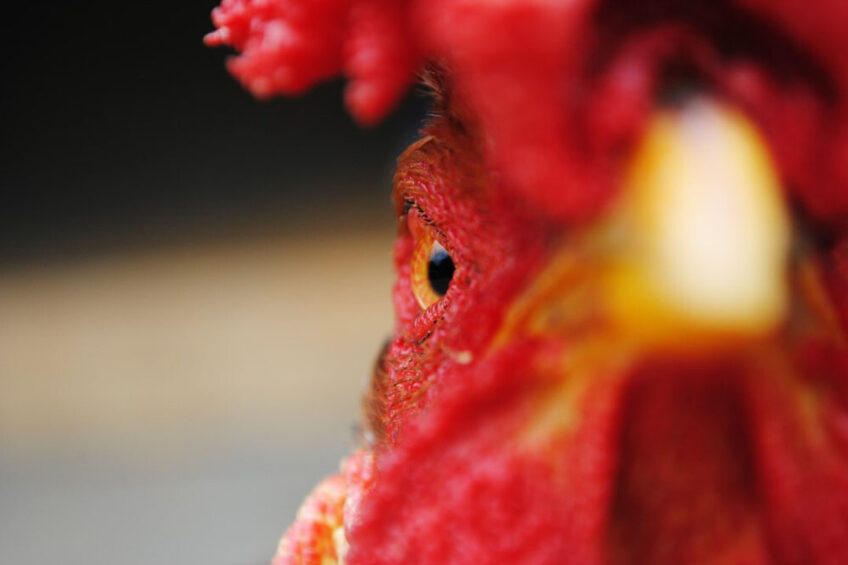Pressure grows on UK egg sector to end beak trimming

Pressure is growing on the UK egg sector to outlaw beak trimming following a report criticising the lack of progress over the past decade.
The study said it was urgent for the UK to finally make a significant move away from the archaic practice of beak-trimming that was reported by the Farm Animal Welfare Committee in 1997 as constituting “a major welfare insult”.
Published by the Conservative Animal Welfare Foundation, the report says that 25 years later, alternatives exist and should be prioritised.
“These include good management strategies, environmental enrichment, small flocks of lower stocking density, and the selection of suitable genetics. All these practices are general ways to limit the suffering and enhance the overall welfare of millions of animals in UK farms each year. It is about time to focus on strategies that respect the animals we raise and protect our environment and our future,” said author and independent research consultant, Dr Diane Austry.
“A necessary practice”
But British Egg Industry Council chief executive, Mark Williams, said beak trimming is currently necessary for hens in all systems of production to avoid injurious feather pecking and occasional cannibalism.
“Currently, infrared beak treatment is the most effective management tool to prevent feather-pecking, which can cause serious injuries and promote good welfare,” said Williams, who added that the Beak Trimming Action Group (BTAG) had advised the government against a ban in 2015 as the risks to animal welfare were too great.
The report highlights how a ban was planned for 2010 but was delayed to allow alternative solutions to prevent feather pecking and cannibalism to become more established. In the 12 years since then, despite improved management strategies and genetic selection of birds, beak trimming is still authorised and widely used.
Infrared beak trimming
In the past decade, the report notes, infrared beak trimming has been the only beak trimming method routinely permitted as it replaced conventional methods such as hot blading or cold-cut trimming. This procedure involves focusing a high-intensity IR beam at the tip of the beak, which penetrates the hard outer horn, damaging an area of the underlying dermis and sub-dermal tissues.
The report claims this practice results in pain, sensory loss and reduction of the bird’s ability to manipulate items in its environment and facilitates higher levels of ectoparasite (northern fowl mites and chicken body lice) infestation.
It adds that several research papers have reported that beak trimming is followed by rapid changes in heart and respiratory rates and blood pressure in several species, such as chickens and ducks, as well as sustained increases in circulating stress hormones (corticosterone) in chickens. Scientific studies found that infrared-trimmed birds feed less than untrimmed birds until 4 weeks of age, resulting in decreased growth rate.
Alternatives to beak trimming
Austry sets out alternative options:
· Improve the environment of the birds with more enrichments or suitable surfaces for pecking (flock block, soil, wood).
· Proactive flock monitoring and adapted environmental and management practices:
- Early access to litter has been found to reduce feather pecking, even in large flocks. Hens with access to foraging substrate will spend up to 40% of their time foraging.
- Higher perches provide birds with an escape from unwanted social interactions and undesirable environmental conditions, therefore decreasing their stress level.
- Feeding mashed food that is consumed more slowly as compared to pelleted food, as well as feeding high-fibre, low-energy diets or roughages, and providing a stable diet throughout lay is associated with less feather pecking.
- Lower stocking density flocks see less feather pecking during rearing.
- Providing a constant lighting environment, regulated sound intensity, low levels of carbon dioxide and ammonia and an appropriate thermal comfort zone is crucial to mitigate feather pecking behaviour.
- Access to a more complex and stimulating environment, such as outdoor spaces where birds can forage in tree-covered areas, can also help.
- Environmental enrichments such as string and hay bales were demonstrated efficient in reducing the prevalence of severe feather pecking.
- Limit sharp environmental changes between rearing and laying stages to reduce the stress and therefore the development of feather pecking.
- Genetic selection of strains that show lower propensities to develop feather pecking and express overall lower levels of fear and stress can help prevent feather pecking.
The report can be found here.













